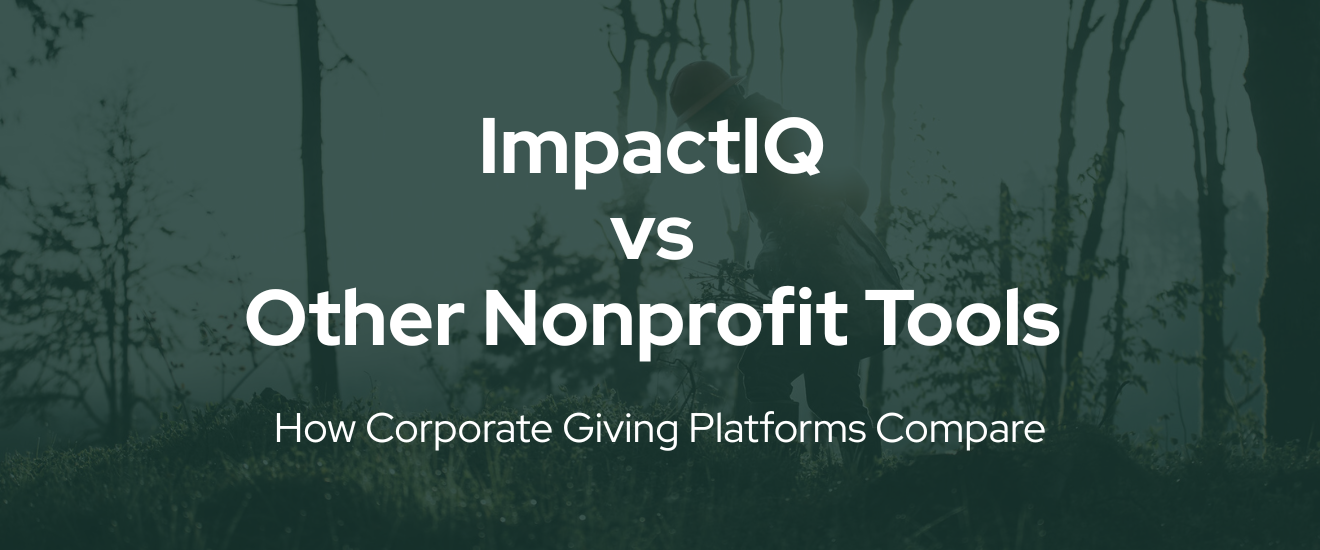What’s the Big Deal With Microplastics?
Placing the harmful tiny particles under the microscope to find out more
Small plastic particles—microplastics—come from the breakdown of larger plastic items.
These tiny fragments are now everywhere: in the air, in water, in our food, and even in our bloodstreams.
Because of how widespread they are in nature, microplastics affect both wildlife and humans in ways we're only beginning to fully understand.
How Does Plastic End Up in the Ocean?
Plastic escapes into the environment at every stage of its lifecycle—from production and packaging to transport, use, and eventual disposal.
- Textiles and electronics typically last around 5 years.
- Construction materials and machinery can remain in use for up to 20 years.
But once those products are discarded, the system fails—scientists estimate that only 10% of plastic gets reused or recycled, while the remaining 90% is incinerated, openly burned, or dumped into landfills.
From there, plastics leach into the soil, drain into waterways, or get carried by wind—eventually ending up in rivers and oceans as microplastics.
🔗 Want to see just how widespread the issue is?
Check out Ecodrive’s blog on key ocean plastic statistics and facts for a deep dive into the numbers behind this crisis.
Which Microplastics Reach the Ocean?
Microplastics come in many forms:
- Fragments (broken-down hard plastics)
- Fibers (especially from synthetic textiles, a.k.a. microfibers)
- Films (from packaging and bags)
- Pellets (used in manufacturing)
- Spheres (like those once found in exfoliants and toothpaste)
How do Microplastics Reach the Ocean?
- Household drainage and wastewater systems
- Runoff from agricultural soils
- Poorly managed waste disposal
- Wind and air transport
- Ocean-based activities like shipping, fishing, and the wear of fiberglass boats
Where Do Microplastics End Up?
Microplastics don’t biodegrade—they just break into smaller and smaller pieces over time. Once they enter the ocean, they become a part of the marine environment for decades or even centuries.
- Fish and marine animals often mistake them for food.
- Coral reefs and ocean floors become contaminated, disrupting fragile ecosystems.
- Humans are now ingesting microplastics through seafood, drinking water, salt, and even the air we breathe. These particles have been found in placentas, lungs, and blood, raising growing concerns about long-term health impacts.
But here’s something many people don’t realize:
Most plastics are made from fossil fuels.
The vast majority of plastics produced today are made from nonrenewable petrochemicals, which are derived from fossil oil, natural gas, and coal. These are not materials our Earth can rapidly replace.
So not only do plastics persist in the environment, but their very creation ties us to carbon-intensive industries and global environmental degradation.
In short, plastic pollution isn't just a waste issue—it’s a climate and resource issue too.
Here’s a quick visual looking at how plastic enters the ocean:

What Can We Do About Microplastics?
Yes, this can be overwhelming to take in. But the good news is—you’re not alone! The Ecodrive team is right there with you, actively working toward solutions.
Being a smart consumer first and foremost will make a difference. There are meaningful ways we can reduce our consumption and make more intentional choices.
To dive deeper into how your decisions can drive real change, check out our previous article: The Role of Consumer Choices in Combating the Ocean Plastic Crisis.
Ecodrive x 4ocean: A Cleanup Partnership
To take action beyond awareness, Ecodrive has teamed up with 4ocean, a business committed to ending the ocean plastic crisis.
The partnership allows Ecodrive powered brands to seamlessly remove pounds of plastic waste directly from the ocean.
These efforts complement Ecodrive’s ongoing work with other high-impact projects—such as tree planting—to support healthier ecosystems on multiple fronts.
Together, we're not only reducing the environmental toll of future plastic use—we’re helping clean up the mess already floating in our waters.
To move beyond awareness and into action, Ecodrive has partnered with 4ocean—a global cleanup organization dedicated to ending ocean plastic pollution.
Together, we help brands fund the removal of plastic directly from the ocean with every customer action.
How our collaboration works:
- Seamless integration: Our plug-and-play tech fits directly into e-commerce and marketing platforms.
- Real-time tracking: Each impact is verified and visible through unique Impact IDs. This means trackable and transparent impact!
- Growth through sustainability: Brands can connect with conscious customers by offering real, measurable environmental action.
- Multi-project support: Our partnership with 4ocean complements our other initiatives like tree planting and carbon reduction
Huge wins for the environment and for your business!
Interested in learning more? Check out some of our favorite articles and news sources on the subject!
- NIH article on Microplastics and Human Health – Explore how microplastics enter the human body, what risks they pose, and why this emerging issue is gaining attention from public health experts.
- UNEP Plastic Lifecycle Report (2021) – A comprehensive overview of the environmental and economic impact of plastic from production to disposal, with recommendations for global action on reducing plastic waste.












